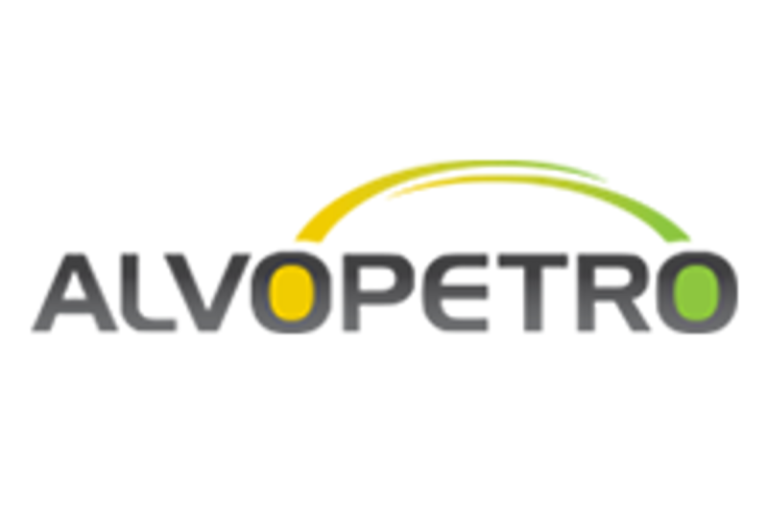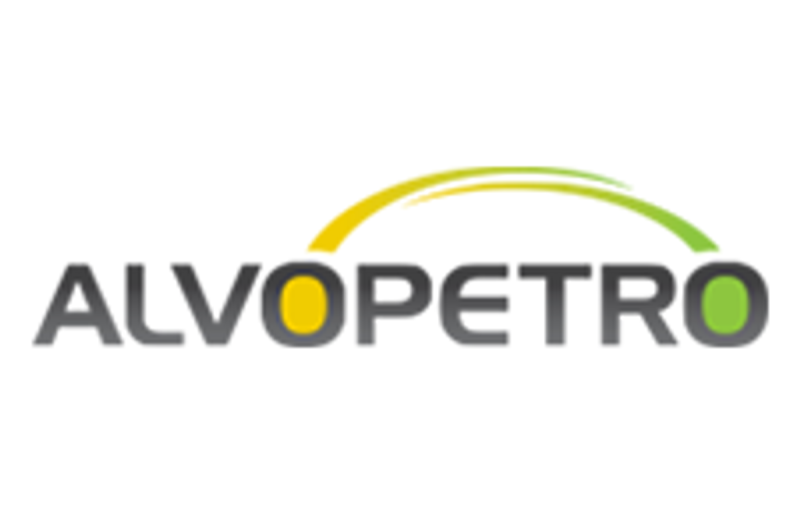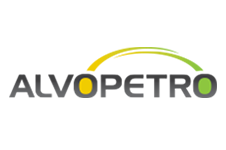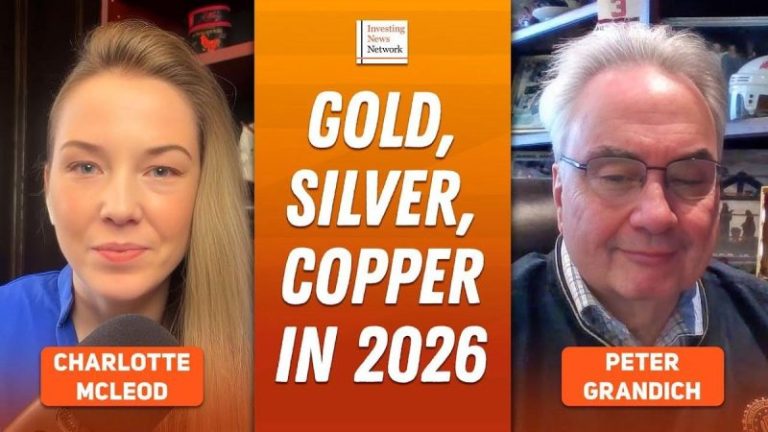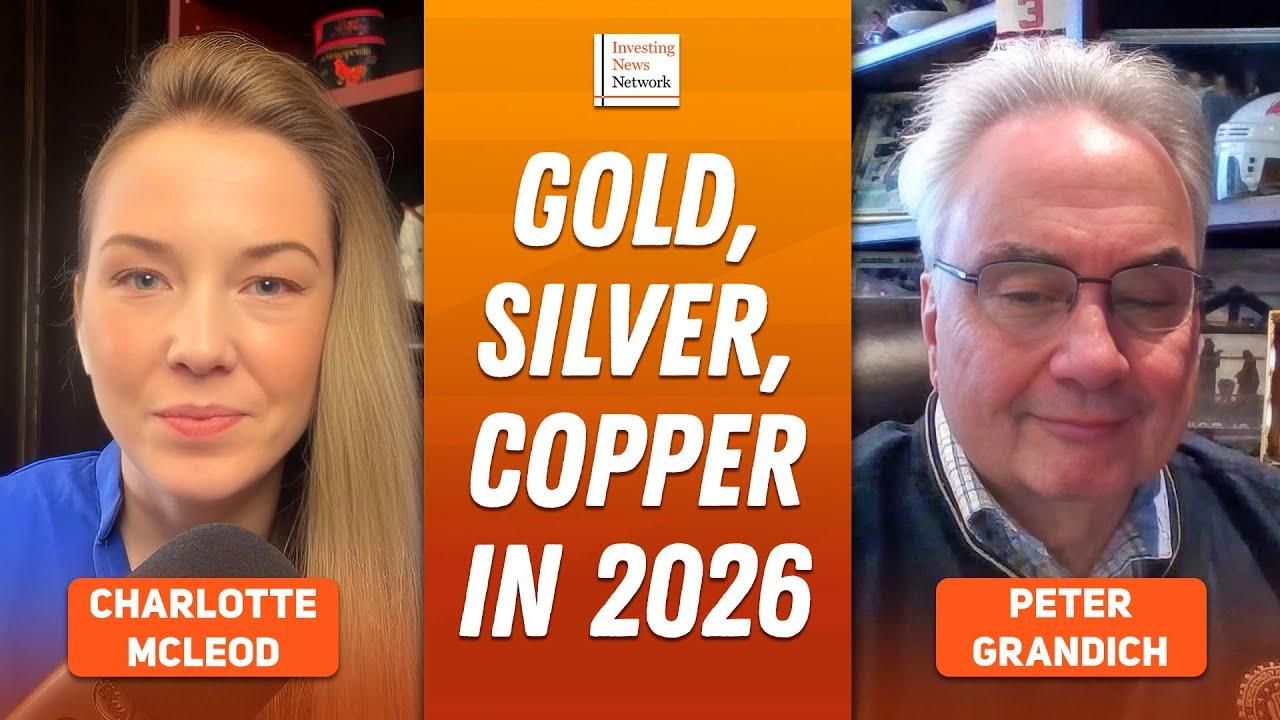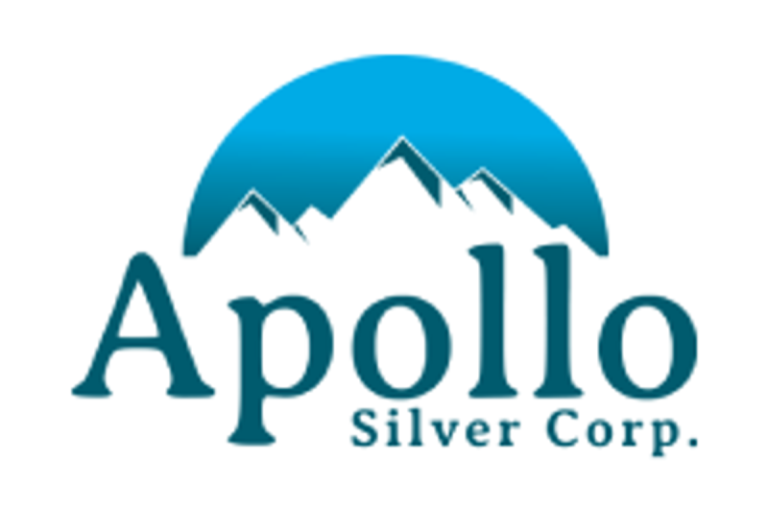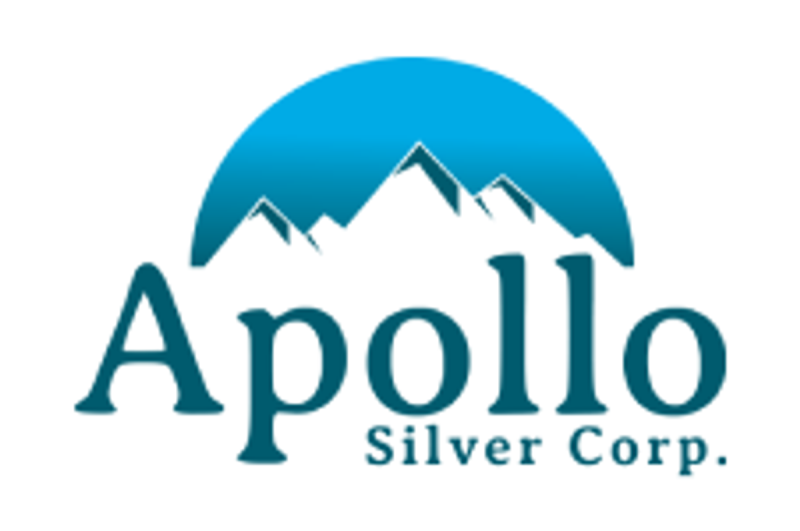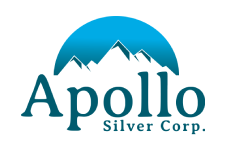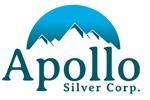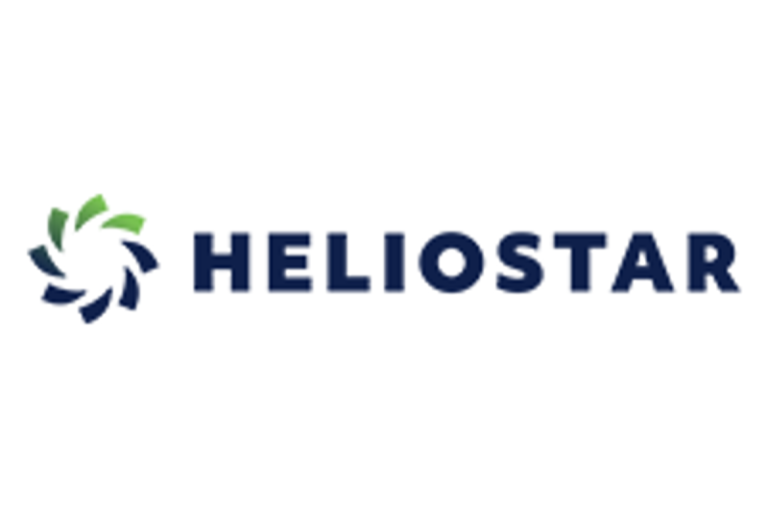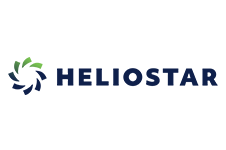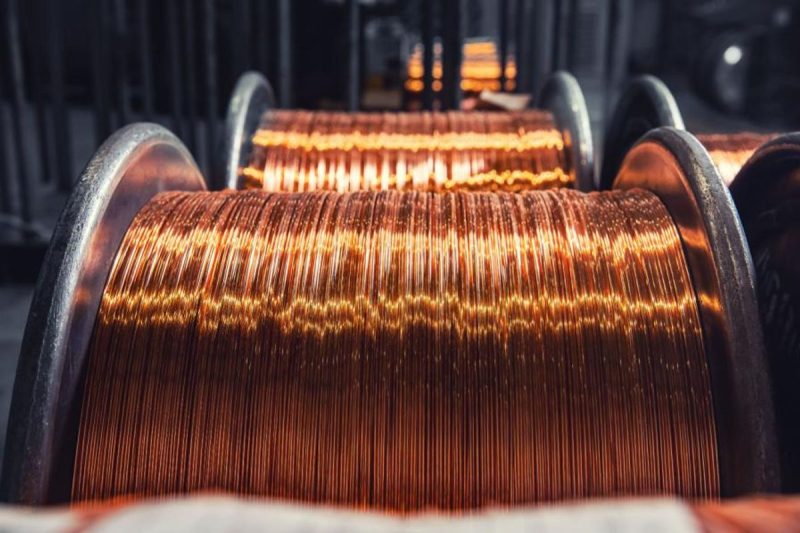
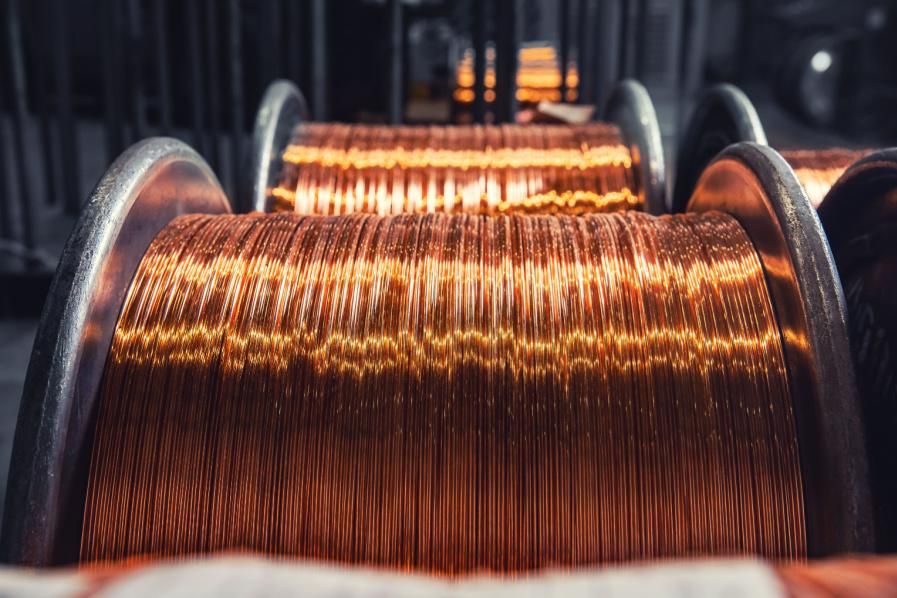
Junior copper stocks are seeing significant support from the copper supply/demand story in 2025 as companies work to make the next big copper discovery.
Copper markets tightened in 2025 as demand for the red metal grew steadily and supply was impacted by significant disruptions.
The price was elevated throughout much of the year but experienced bouts of volatility as US trade policy threatened to trigger a recession in April, causing a rout in base metal markets.
In Q3 the price of copper surged to record highs as the Trump administration announced copper tariffs, offering few details beyond a 50 percent tariff on imports. However, copper prices later crashed on news that refined products would be exempt from the levies until 2027 and 2028.
Since then, markets have stabilized, and prices have gained momentum from weak supply as two of the world’s largest mines, Freeport-McMoRan’s (NYSE:FCX) Grasberg and Ivanhoe Mines’ (TSX:IVN,OTC:IVPAF) Kamoa-Kakula, are operating well below maximum capacity.
How has the shifting copper market affected small-cap copper companies on the TSX Venture Exchange? Read on to learn about the five best-performing junior copper stocks since the start of 2025.
Data for this article was gathered on December 9, 2025, using TradingView’s stock screener, and copper companies with market caps of over C$10 million at that time were considered.
1. King Copper Discovery (TSXV:KCP)
Year-to-date gain: 1,240 percent
Market cap: C$189.77 million
Share price: C$0.67
King Copper Discovery is a copper, silver and gold explorer that is developing a portfolio of projects in South America. Its primary focus is the Colquemayo project in Moquegua, Peru. In July 2024, King entered into an option agreement with Compania de Minas Buenaventura (NYSE:BVN) to wholly acquire the property.
The company has been re-logging the historic drill core from the site. The 6,600 hectare property has seen more than 20,000 meters of historic core drilling and hosts multiple porphyry targets that have been identified but had gone untested.
Highlighted drill samples show results of 2.4 percent copper and 10 grams per metric ton (g/t) silver over 237.3 meters, including 14.8 percent copper and 47 g/t silver over 31.3 meters.
In a broad corporate update on February 12, the company said it was intensifying its focus on the project and rebranded from Turmalina to reflect that. Additionally, it hired Insideo, a Lima-based environmental consulting firm, to help advance baseline studies and the drill permit process.
The company closed a C$15 million private placement with a strategic investor on September 15. It plans to use the funds for a 15,000 meter diamond drilling program at Colquemayo.
The investor now holds a 9.99 percent interest in King.
Its most recent news came on October 4, when King released an update on its work to re-log and reinterpret the historic drill core. At that time, the company had completed 61 drill cores across the Amata-Cairani and Coripuquio zones, with work on 16 cores at the Yanarico zone still ongoing.
The company said it had identified multiple new high-priority targets for its fully funded diamond drill program and was sending a field crew to validate the discoveries.
Shares of King reached a year-to-date high of C$0.90 on October 16.
2. Edge Copper (TSXV:EDCU)
Year-to-date gain: 1,233.33 percent
Market cap: C$48.94 million
Share price: C$0.40
Edge Copper is an exploration company working to advance its Zonia project in Arizona, United States. The company changed its name from Plata Latina in October.
Shares in Edge have seen steady gains throughout 2025. Its first major news came on February 27, when it announced that a Fresnillo (LSE:FRES,OTC Pink:FNLPF) subsidiary was exercising an option on the Naranjillo property to acquire Edge’s 3 percent net smelter return in exchange for C$8.61 million. Edge announced the deal’s completion on April 11.
On July 23, the company entered into a definitive agreement to acquire the Zonia project from World Copper (TSXV:WCU,OTCQB:WCUFF). The past-producing mine sits on 900 hectares of land south of Prescott, Arizona. It hosts existing infrastructure and benefits from a streamlined permitting process, requiring only state permits for Phase 1.
The acquisition closed on October 30, at which time Plata Latina changed its name to Edge Copper to reflect its new focus. Under the terms of the deal, World Copper received C$10.5 million in cash, along with a 31.3 percent ownership stake in Edge Copper, for a total aggregate value of C$22 million.
Additionally, Edge reported that, in connection with the deal, it closed a non-brokered private placement totaling US$17 million in gross aggregate proceeds, which will be directed to drilling, metallurgical tests, permitting and a feasibility study for Zonia.
The most recent news came on November 3, when the company reported it commenced its first drill program at Zonia. The 60,000 foot, AI-assisted program is designed to build on the mine’s existing indicated and inferred resource with the intention of supporting a larger and longer-life operation at the property.
According to the project page, the asset contains an indicated resource of 668 million pounds of copper with an average grade of 0.3 percent copper from 112.2 million US tons of ore, and an inferred resource of 320 million pounds of copper with an average grade of 0.26 percent from 62.9 million US tons.
Shares in Edge reached a year-to-date high of C$0.60 on October 20.
3. Amarc Resources (TSXV:AHR)
Year-to-date gain: 451.22 percent
Market cap: C$245.61 million
Share price: C$1.13
Amarc Resources is a copper explorer primarily focused on advancing its JOY district in Northern British Columbia, Canada. The 495 square kilometer property lies within the Toodoggone region and hosts the AuRORA discovery.
Exploration at the JOY district is funded as part of a May 2021 earn-in agreement with Freeport-McMoRan (NYSE:FCX), which allows Freeport to earn up to a 70 percent stake in the project.
Shares of Amarc surged early in the year after it announced the discovery of AuRORA on January 17. In the release, it outlined the high-grade potential of the deposit, highlighting an assay of 0.63 percent copper and 2.19 grams per metric ton (g/t) gold over 162 meters, including an 81 meter intersection grading 0.92 percent copper and 3.69 g/t gold, from near surface depths.
To support the discovery, in February Amarc signed an agreement with Canasil Resources for the option to acquire up to 100 percent of the Brenda property, which lies directly to the east of the AuRORA discovery.
Amarc provided more drill assays from its 2024 program on February 28. One assay from a drill hole at the AuRORA discovery graded 0.63 percent copper over 132 meters, including 0.81 percent over a 90 meter segment.
On July 16, Amarc announced the start of its summer drilling program at JOY, designed to expand the AuRORA deposit as well as test the PINE deposit and the discoveries at Twins and Canyon. The announcement also reported the expansion of the JOY district through Freeport’s options on Finlay’s PIL property, and Amarc’s acquisition of the Brenda property.
Then, on September 4, the company reported Freeport is proceeding to Stage 2 of its earn-in for the JOY property after completing Stage 1 in May for a 60 percent interest. Under the terms of the deal, Freeport now has five years to earn an additional 10 percent in the property by spending C$75 million.
Amarc announced the completion of its 2025 drill program at the JOY District on October 22. It consisted of 35 holes over 15,381 meters, with the majority at AuRORA.
After releasing rush assays from one hole at AuRORA on September 22, the company released further assays from the program on November 3. Among the highlights was one interval of 126 meters grading an average of 0.32 percent copper and 0.97 g/t gold, including a 61 meter intersection of 0.47 percent copper and 1.24 g/t gold. The company said that the program demonstrated the potential for significant and on-going deposit expansion, with grades among the highest in British Columbia.
Then on December 10, the company released additional assays, which included one highlight with 0.44 percent copper and 1.5 g/t gold over 47 meters.
Amarc noted that AuRORA remained open to further expansion to the north, east and west and that it believes that the “grade, geometry and emerging scale” of the deposit bears the hallmarks of a tier one asset.
Amarc shares climbed significantly through September, and reached a year-to-date high of C$1.35 on September 26.
4. C3 Metals (TSXV:CCCM)
Year-to-date gain: 450 percent
Market cap: C$124.86 million
Share price: C$1.32
C3 Metals is an exploration company working to advance its assets in Jamaica and Peru.
C3’s primary Jamaican asset is the Bellas Gate project, a 13,020 hectare site featuring 14 porphyry and over 30 epithermal prospects along an 18 kilometer strike. To date, drilling at the site has concentrated on a 4 kilometer zone encompassing the Provost, Geo Hill, Camel Hill and Connors prospects.
Shares of C3 gained significantly after the company announced on February 11 that it had signed an earn-in agreement with a Freeport-McMoRan subsidiary, which can gain up to a 75 percent interest in the project. Under the agreement, Freeport must contribute US$25 million in exploration and project expenditures over five years to earn the initial 51 percent interest, and an additional US$50 million over the following four years for the remaining 24 percent.
On August 13, the company commenced a drill program at the property to test multiple targets along strike focused on those with limited to no prior drilling to depths of 500 meters. C3 indicated that the program’s data would inform optimal locations for future deeper drilling.
C3 followed its drill program by initiating a 3D geophysical survey of the property, announced on October 6, with the intent of extending the area covered to 70 square kilometers and identifying drill targets beyond 700 meters in depth. The company said completion of the survey is anticipated for December, with data used to design a 2026 drill campaign.
However, exploration was put on hold in early November after Hurricane Melissa struck Jamaica, and C3 pivoted to focus on helping the community. The company noted that its workforce was safe and equipment and drill core were intact following the storm, although roads were impassable and its sites were without power.
‘We estimate it will take approximately six to eight weeks to repair and restore necessary infrastructure to continue exploration activities,’ President and CEO Dan Symons stated.
In Peru, C3 has focused on advancing its Jasperoide copper-gold project and its Khaleesi project, located 8 kilometers apart. The Jasperoide project sspans 30,000 hectares and hosts two porphyry and more than 15 skarn prospects across two 28 kilometer belts.
According to a July 2023 technical report, a resource estimate for the Montana de Cobre skarn outlined a measured and indicated resource of 51.94 million metric tons of ore with an average grade of 0.5 percent copper and 0.2 g/t gold for contained metal totaling 569.1 million pounds of copper and 326,800 ounces of gold.
As for its Khaleesi project, the company announced in February that it discovered a 1,900 meter by 650 meter copper-molybdenum soil anomaly and a 470 meter by 400 meter high-grade copper-zinc anomaly based on results from soil sampling.
C3 has carried out exploration work at the property throughout the year, and in August reported that anomalies detected through magnetic, induced polarization and magnetotelluric surveys coincided with the February discoveries.
The most recent exploration update for the property came on September 9, when C3 announced it was commencing a 14 hole, 6,300 meter maiden drill program designed to evaluate the prospects discovered through the surveys.
Shares in C3 reached a year-to-date high of C$1.35 on December 10.
5. Sterling Metals (TSXV:SAG)
Year-to-date gain: 448.57 percent
Market cap: C$74.13 million
Share price: C$1.98
Sterling Metals is an exploration company with a trio of projects in Canada.
Over the past year, its primary focus has been on exploration at its brownfield Soo Copper project in Ontario, which it renamed from Copper Road in May. The 25,000 hectare property hosts two past-producing copper mines and has the potential for larger intrusion-related copper mineralization.
The company’s other two projects consist of Adeline, a 297 square kilometer district-scale property with sediment-hosted copper and silver mineralization along 44 kilometers of the strike, and Sail Pond, a silver, copper, lead and zinc project that hosts a 16-kilometer-long linear soil anomaly. Both properties are located in Newfoundland and Labrador.
On January 15, Sterling announced results from a 3D induced polarization and resistivity survey that covered an area of 5 kilometers by 3 kilometers and revealed multiple high-priority drill-ready targets.
The company used the survey results, along with historical exploration, to inform a drill program at the site.
On August 7, Sterling reported it commenced Phase 2 drilling at the Soo Copper project. The program is designed to test areas defined through analysis of the Phase 1 drill program, historic drill data and geophysical interpretations.
The company announced a discovery in the first hole on September 29, with assays delivering the highest copper grades encountered at Soo Copper. Grading from the hole returned values of 0.43 percent copper over 336 meters, starting at 5 meters from surface, and included one intersection with 6.8 percent copper over 9.15 meters and another with 21.3 percent over 0.6 meters which also returned a grade of 196 g/t gold.
The last exploration update for the year came on October 8, when Sterling announced it had discovered large-scale bornite in outcrop from soil sampling results. The new target corridor, which it named Gimlet, is located about 2 kilometers south of its recent discovery.
On November 26, the company announced that it had closed a non-brokered private placement, raising gross proceeds of C$14 million. It intends to use the funds to rapidly advance the project, allocating a minimum of C$6.2 million to project spending next year, with the majority of that dedicated to drilling.
Shares in Sterling reached a year-to-date high of C$2.84 on September 29, coinciding with the high-grade discovery.
Securities Disclosure: I, Dean Belder, hold no direct investment interest in any company mentioned in this article.
This post appeared first on investingnews.com




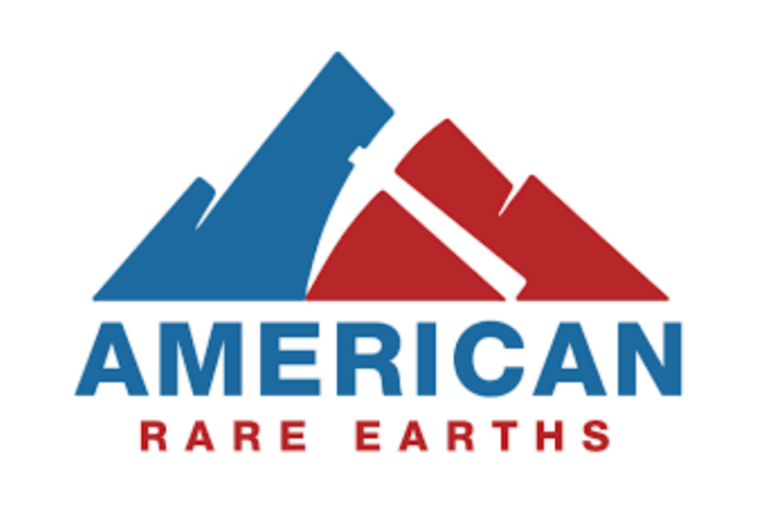
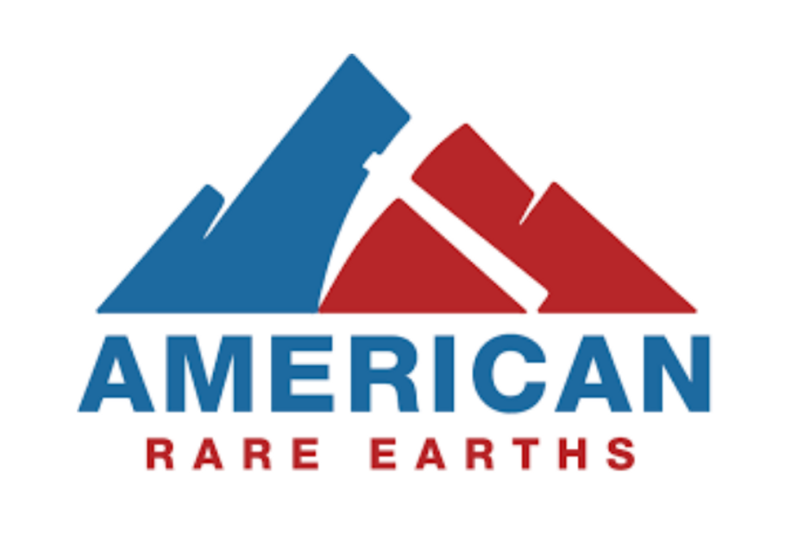
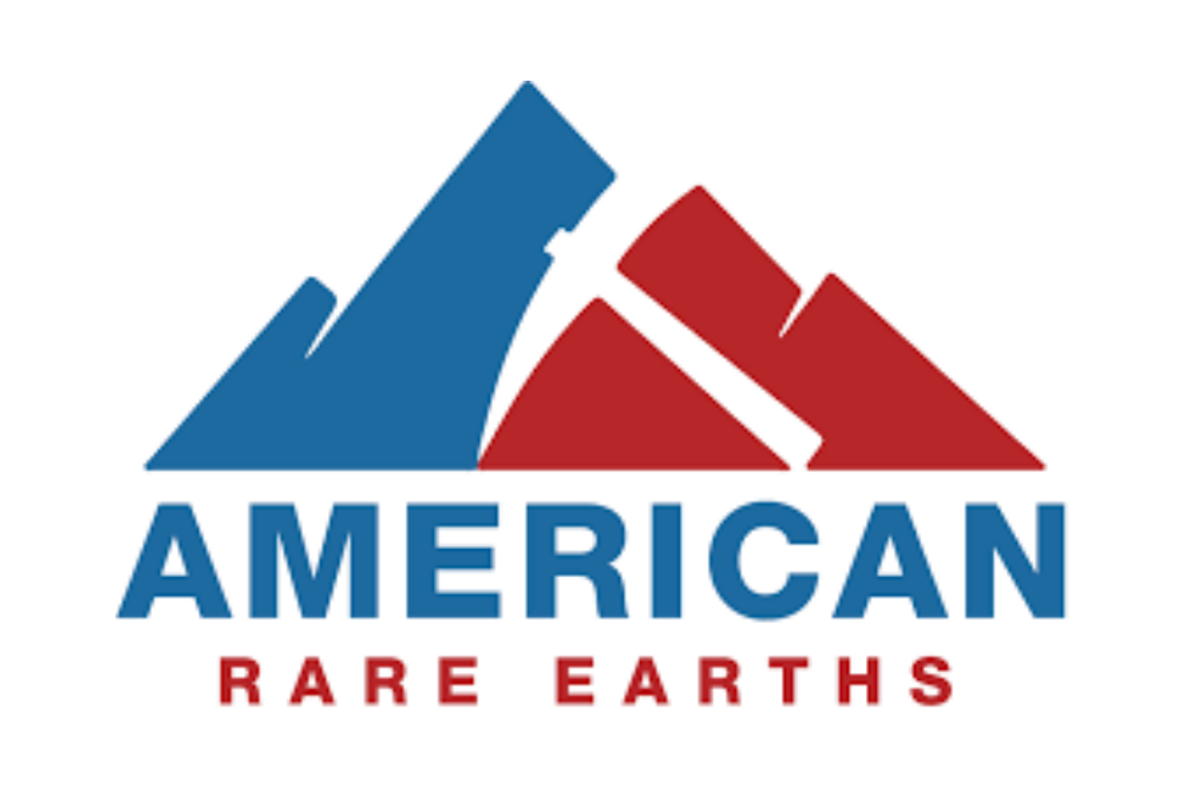 American Rare Earths (ASX: ARR | OTCQX: ARRNF | ADR: AMRRY) (“ARR” or the “Company”) has successfully completed another critical stage in its mineral processing program by producing a mixed rare earths oxide (“MREO”) using the updated preliminary PFS mineral processing flowsheet.
American Rare Earths (ASX: ARR | OTCQX: ARRNF | ADR: AMRRY) (“ARR” or the “Company”) has successfully completed another critical stage in its mineral processing program by producing a mixed rare earths oxide (“MREO”) using the updated preliminary PFS mineral processing flowsheet. 
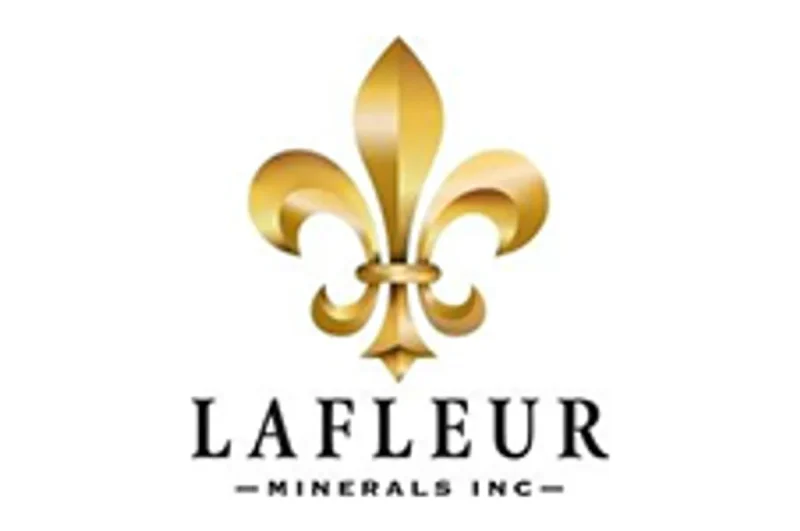
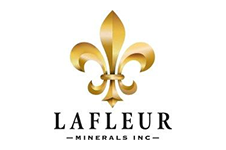





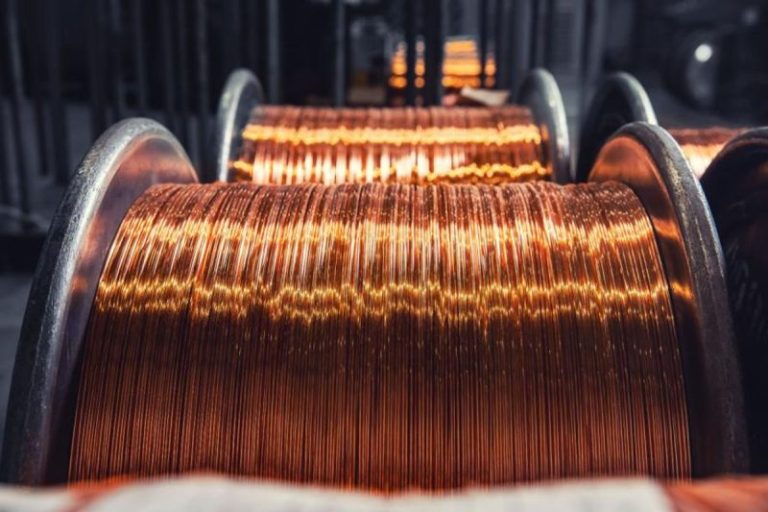


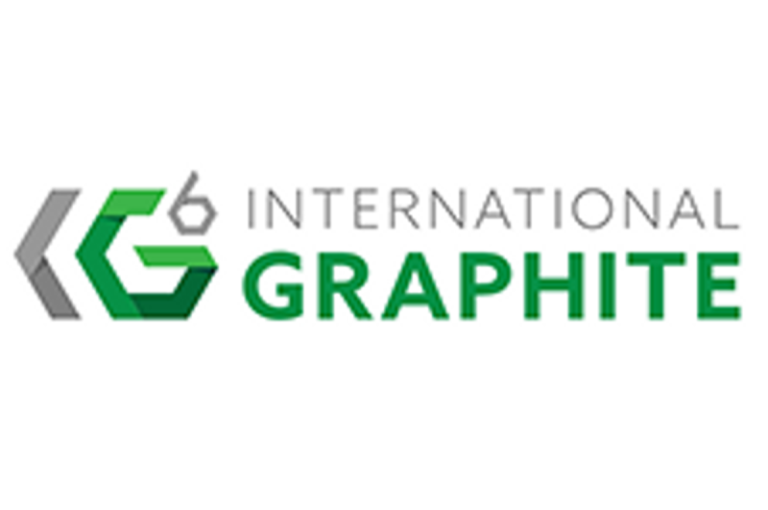
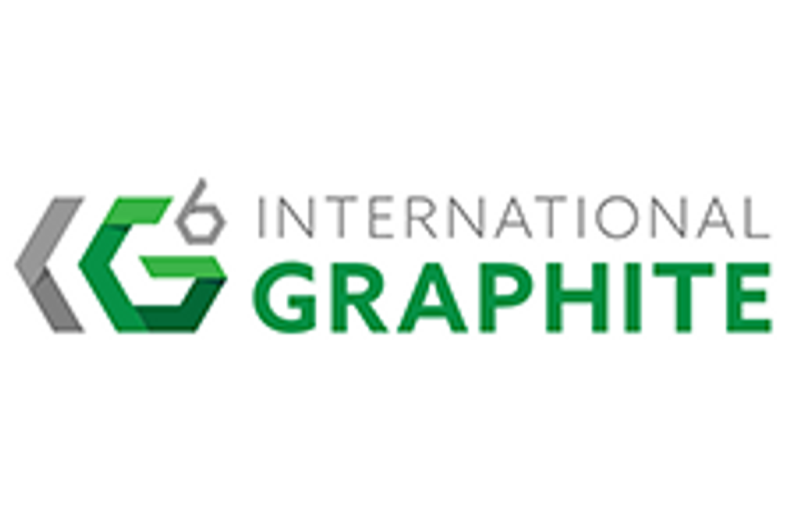
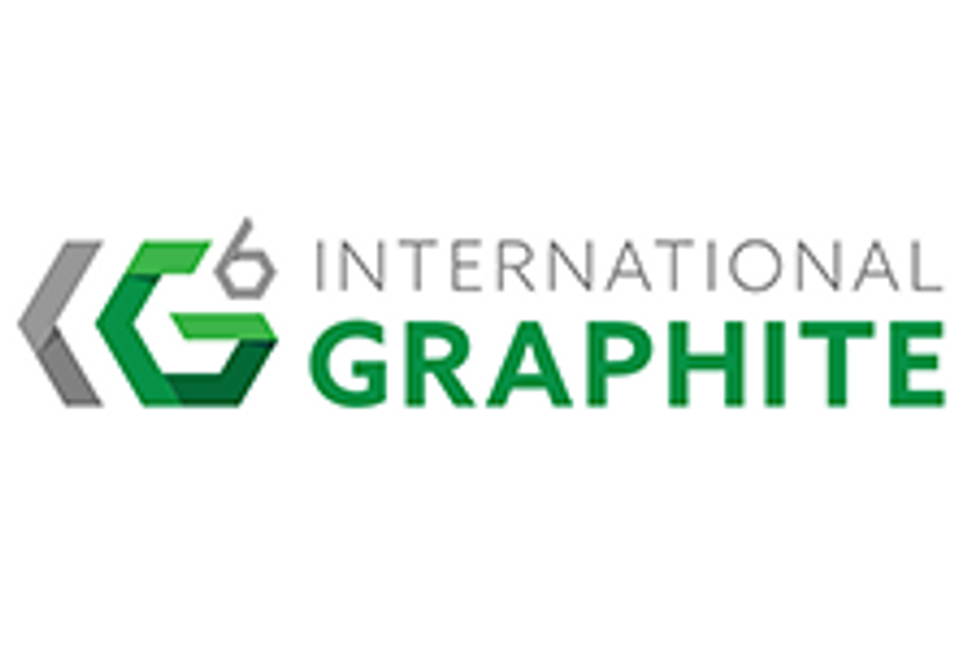 International Graphite (IG6:AU) has announced Graphite Purification Tolling Services
International Graphite (IG6:AU) has announced Graphite Purification Tolling Services